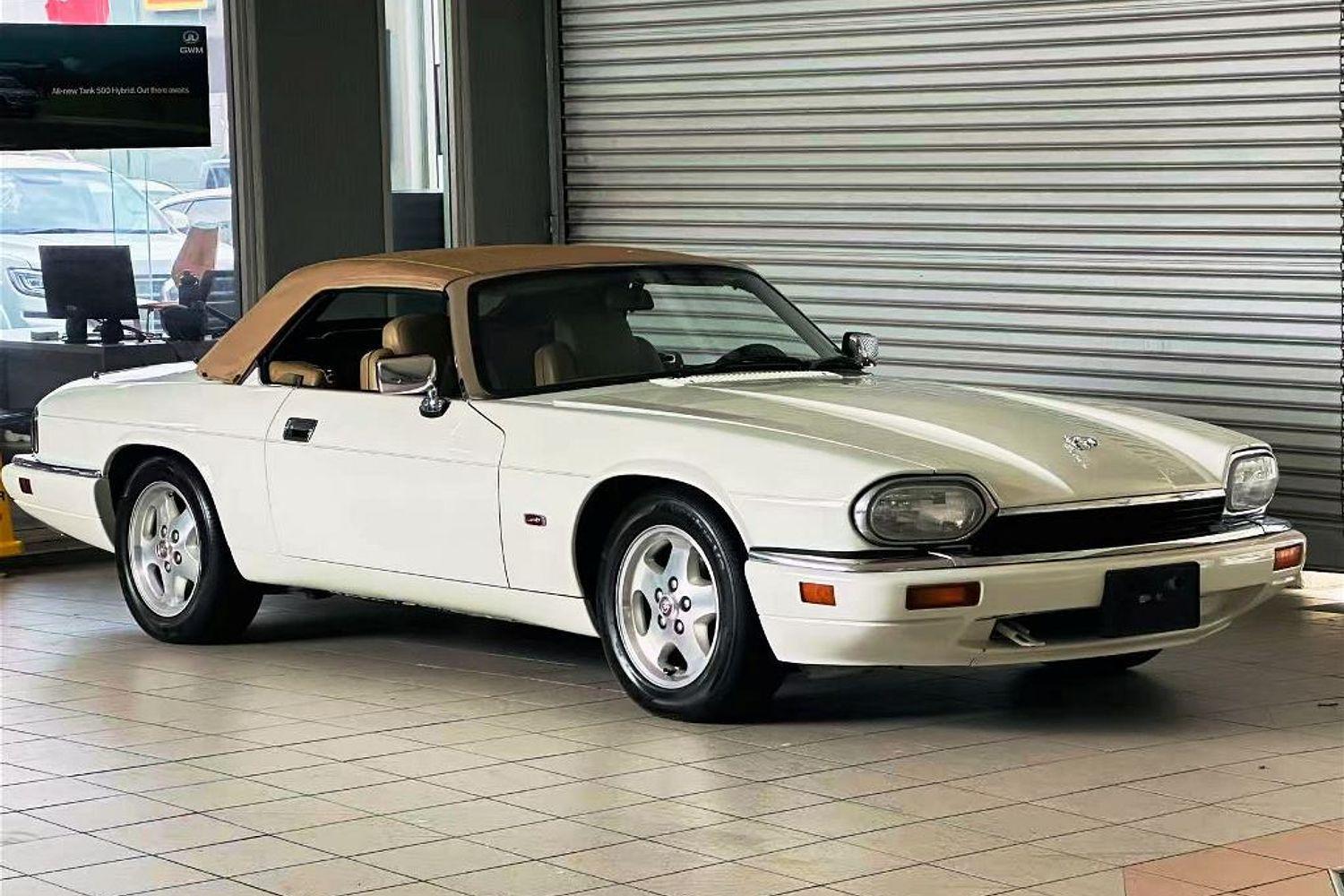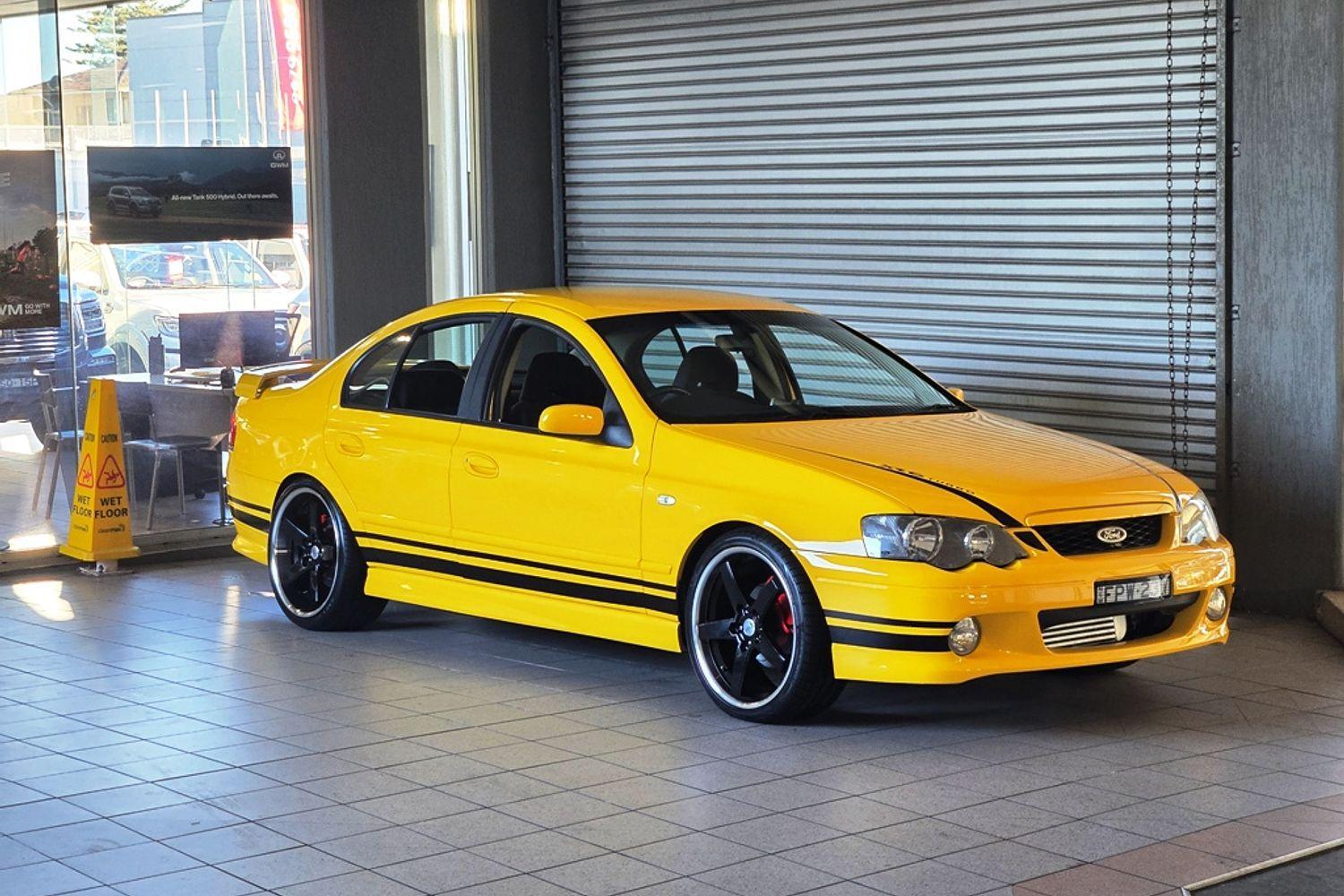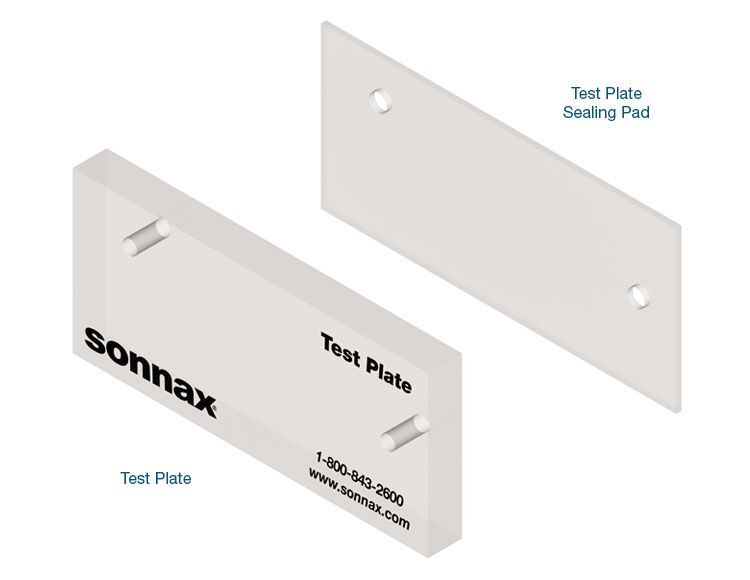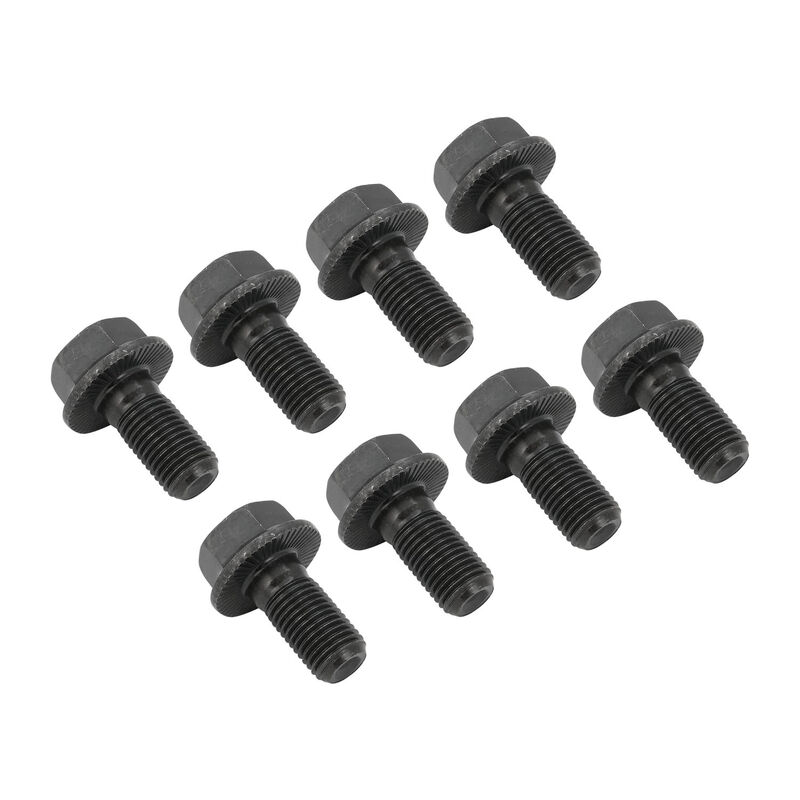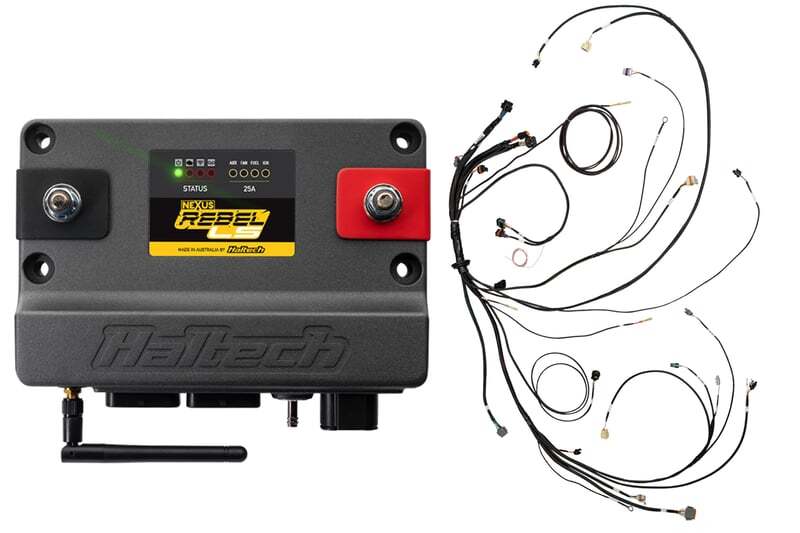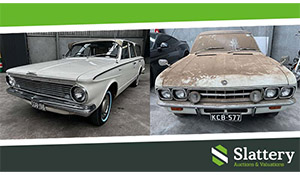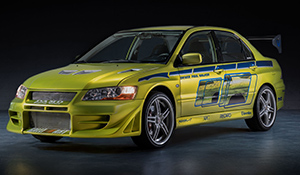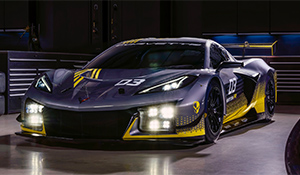Audi Sport quattro reborn as EV
E-Legend, a new electric carmaker from Germany, has revealed plans to build a limited-edition, road legal supercar that combines modern tech with a distinctly retro look.

Dubbed the ‘EL1’ and described as “a supercar with a focus on curves,” E-Legend’s creation shows clear influence of Audi’s Sport quattro in its styling, but unlike that Group B rallying homologation special from the 1980s, the EL1 is powered by three electric motors – one on the front axle, two on the rear axle - that produce a combined 600kW, claimed 0-100km/h acceleration of 2.8 seconds and a top speed of 255km/h.

Powering the electric motors is a 90kWh battery with a sophisticated liquid-cooling system and charging speeds of up to 150kW with a DC fast charger. Apparently, the battery pack and 800V technology is similar to that used in the Porsche Taycan.
E-Legend claim range of up to 400km for the EL1, but confusingly, they also say the battery allows for only two flat-out laps of the 20.83km Nurburgring Nordschliefe – that’s only 10 per cent of the claimed maximum range.

The EL1 is based on a carbon fibre monocoque and carbon fibre outer panels, with a listed weight of 1,680kg – significantly lighter than many current EV supercars. Three-way-adjustable performance suspension, custom-made wheels (19-inch front, 20-inch rear) and high-performance brakes are on the spec list, but no supplier names are listed, so where all these high-end components are coming from is unknown.
Driver assistance and safety features on the EV1 include a rear-view camera and front and rear parking sensors, ABS, Electronic Stability Control, traction control, driver and passenger airbags, LED lights and two driving modes (Normal and Sport).

Information on the interior specification is minimal, but there is seating for two and carbon fibre will feature heavily. Confirmed features include power windows, air conditioning, a digital dash display and tablet-style central touchscreen, with small screens on each door displaying the view from rear-view cameras that replace traditional exterior mirrors. Being an EV, there’s storage space under the bonnet as well as the boot, but exactly how much has not been revealed.
Officially unveiled at the beginning of July, the EL1 will be limited to just 30 units, priced from 890,000 Euros each (AU$1.42 million approx.). E-Legend says the first prototypes will be on the road by 2022, followed by two more “icons of the same type,” suggesting either more rally cars or other classic German performance machines from the ’80s. Each of these will be limited to 30 units, too.

EL1 inspiration
Based on the ur (original) quattro and developed to maintain Audi’s success in rallying following the introduction of the Group B era in 1982, the Sport quattro featured a wheelbase shortened by 320mm and overall length cut by 244mm, but was 57mm wider, with distinctive wheelarch blisters front and rear.

To the quattro’s 2.1-litre turbo five-cylinder engine, the Sport quattro added a 20-valve twin cam head that kicked power up to 225kW and 350Nm in the 200-odd road cars that were required under Group B homologation, but tuning of this package for the rally cars delivered at least 300kW.
On the rally cars, a body using kevlar and composite panels, combined with some of the first automotive applications of carbon fibre, cut weight by around 90kg, with 9-inch-wide wheels and, of course, Audi’s quattro all-wheel drive system also on the Sport quattro spec list.
Developments during the Sport quattro’s short time in competition included various centre diff configurations and semi-automatic transmissions, like the Porsche PDK unit that’s widely used today.

Introduced in 1984, the Sport quattro proved a disappointment in competition, winning only one major international rally, before it was replaced with the Sport quattro ‘S1’ variant in 1985.
The S1 added a modified turbocharger, amongst other changes, to produce in excess of 373kW and close to 400kW in some applications. Addressing the Sport quattro’s poor front-rear balance, the radiators, oil coolers and even the alternator were moved to the boot, and the S1 also gained a radical aerodynamic kit, including a massive rear wing and shovel-like front spoiler to improve downforce.
For all the time and money Audi invested in the Sport quattro S1 (and related E2), it remained just as hard to drive as its predecessor and proved no more successful, winning only one international rally. When Group B was banned in 1986, surviving S1 cars were turned to other forms of competition, including the Pikes Peak International Hillclimb in the US, which the S1/E2 won on four occasions, including three years in a row from 1987.



